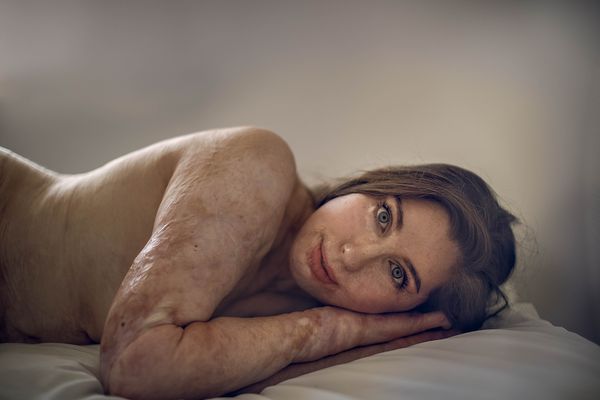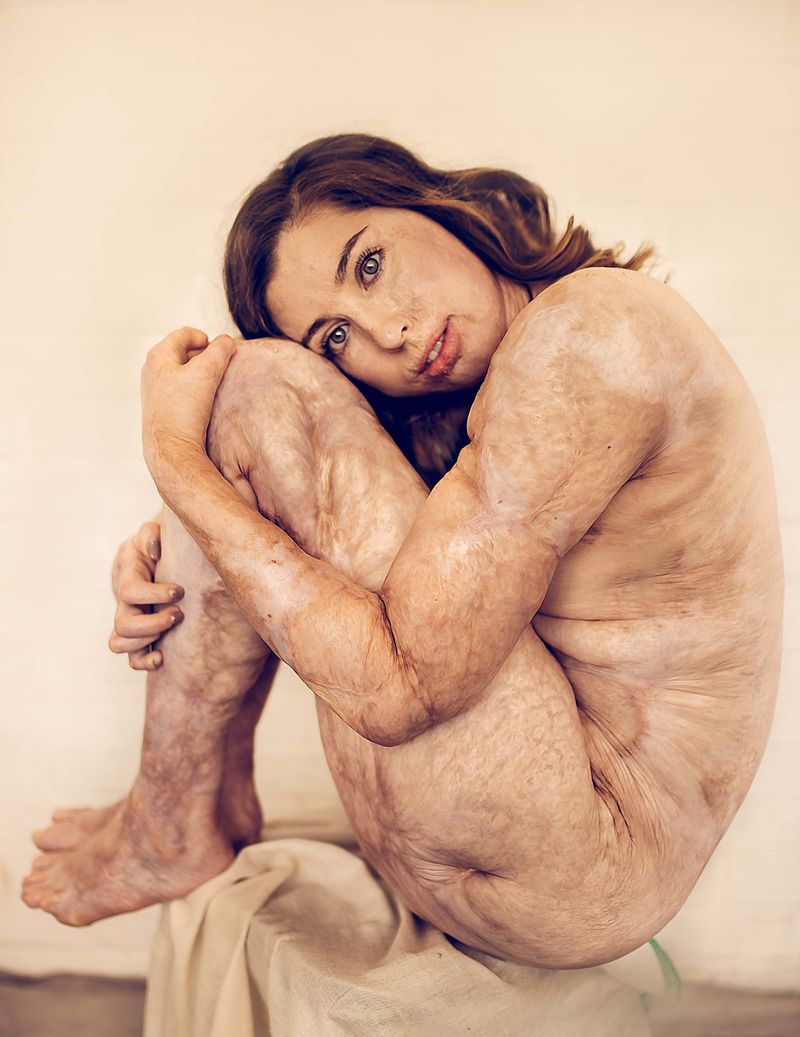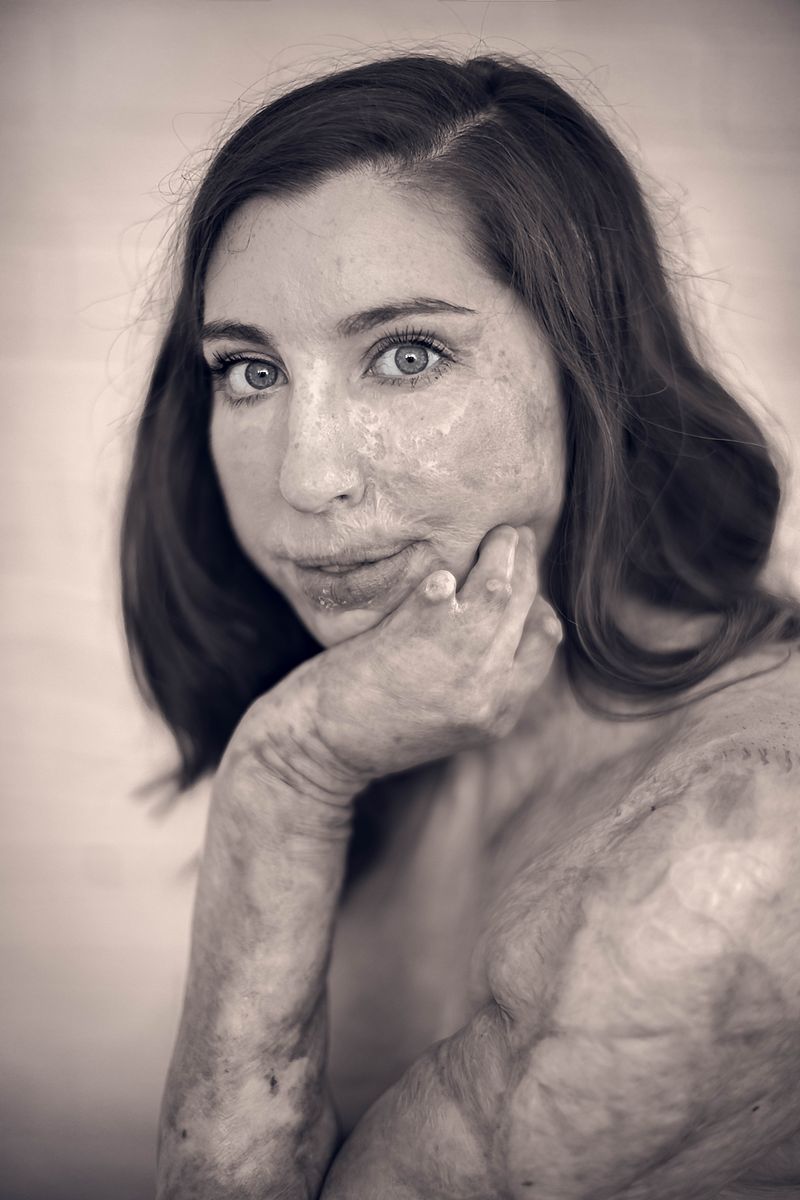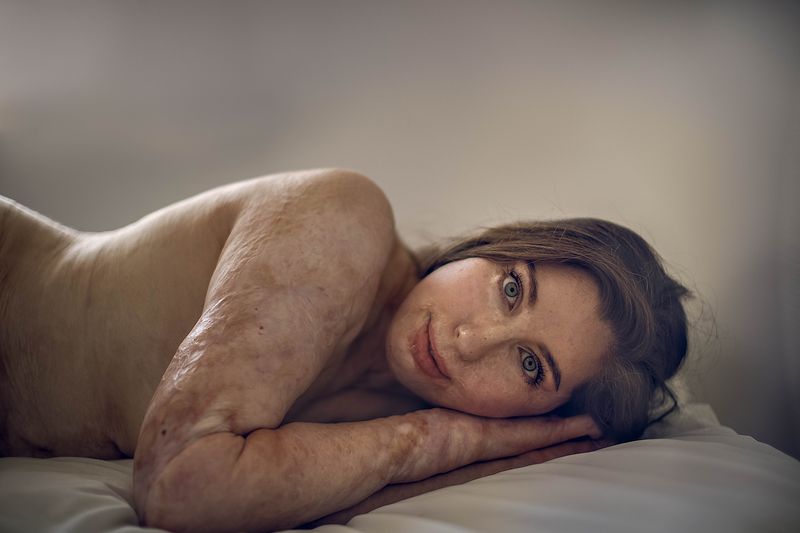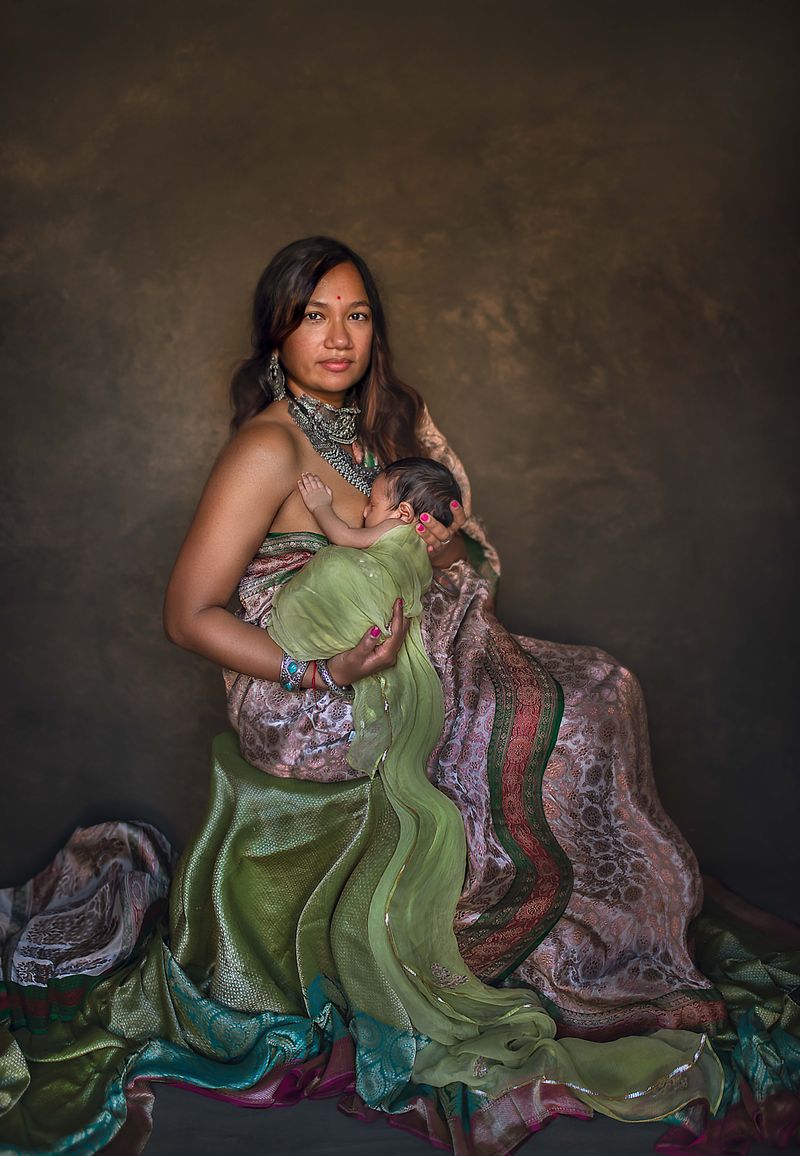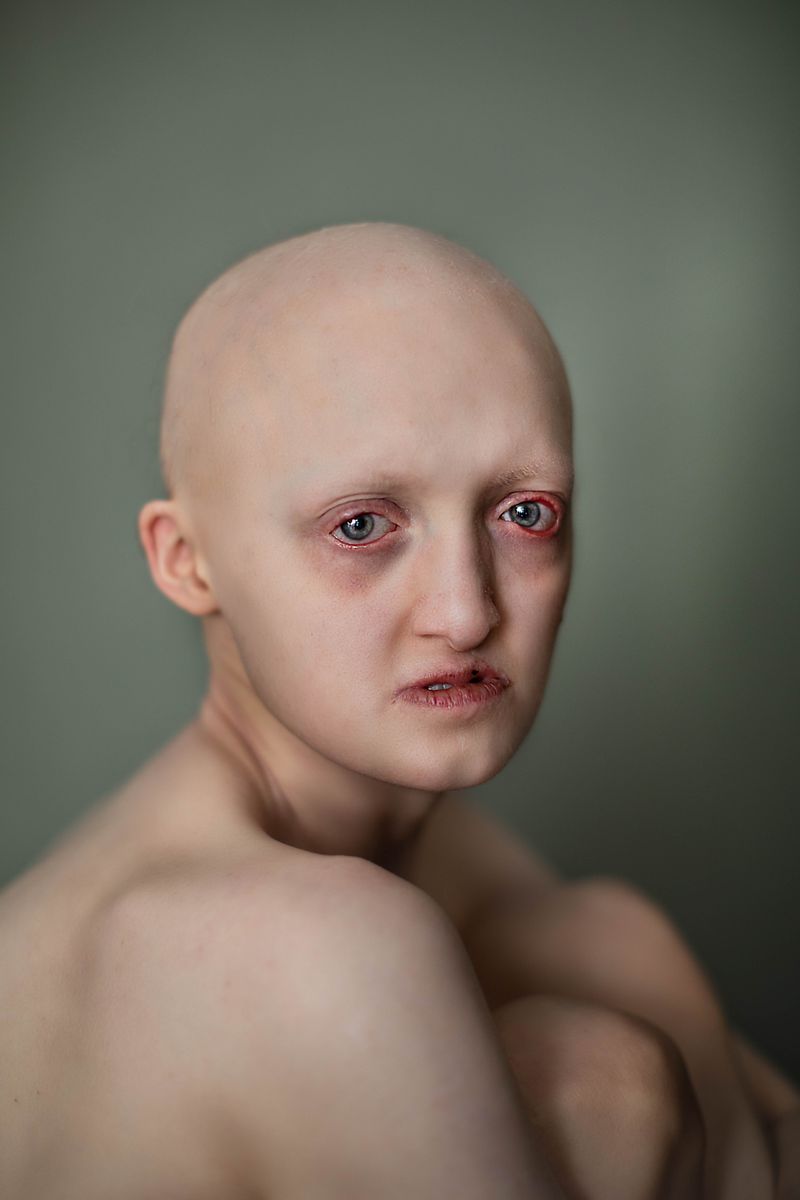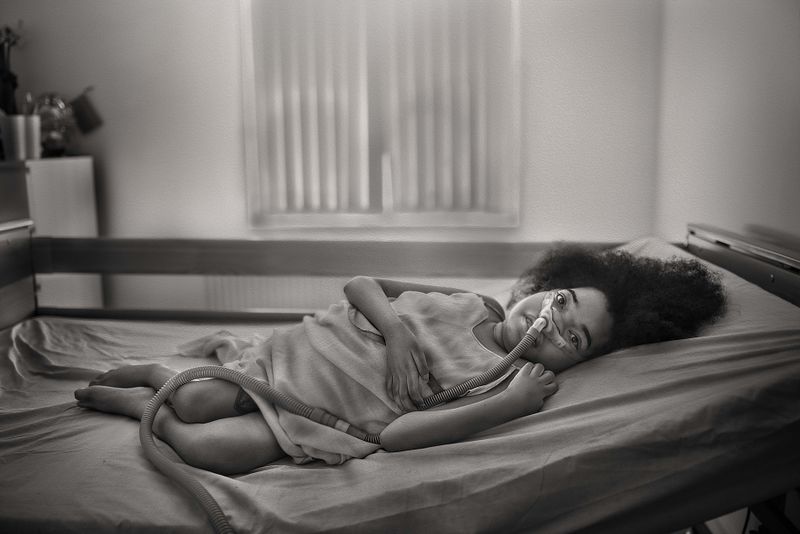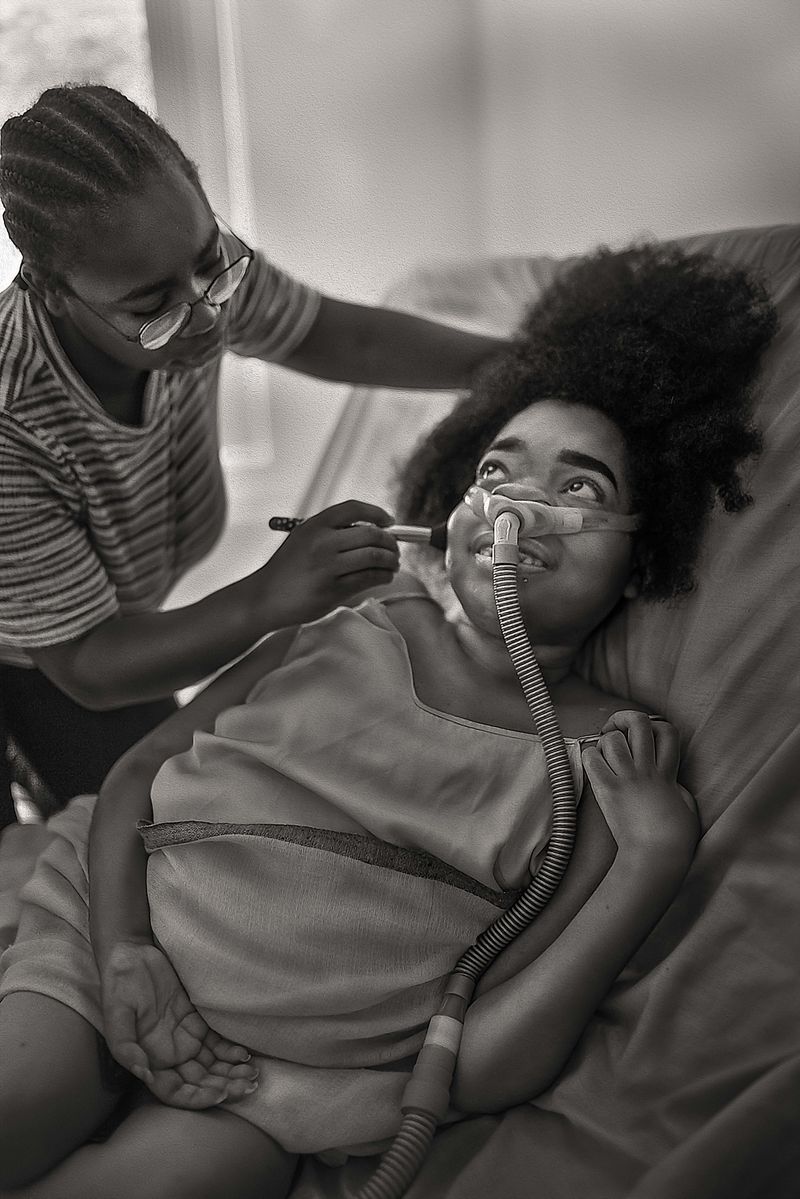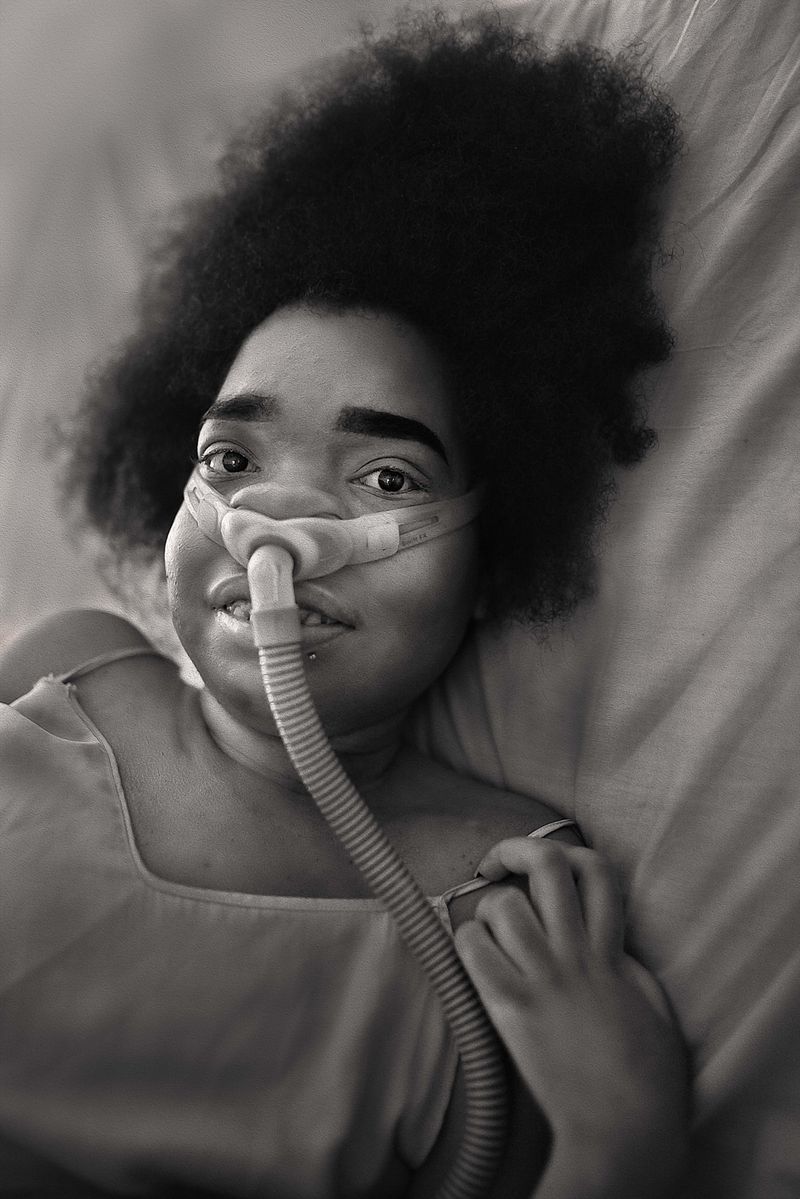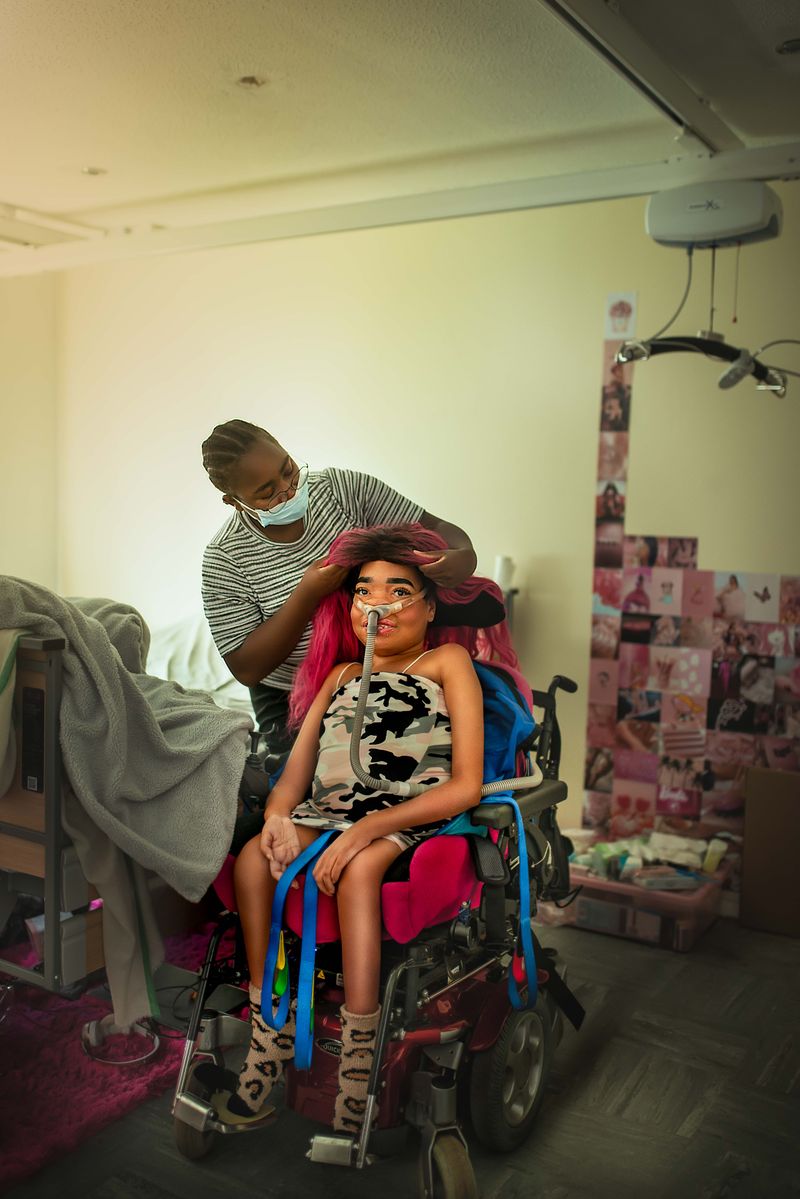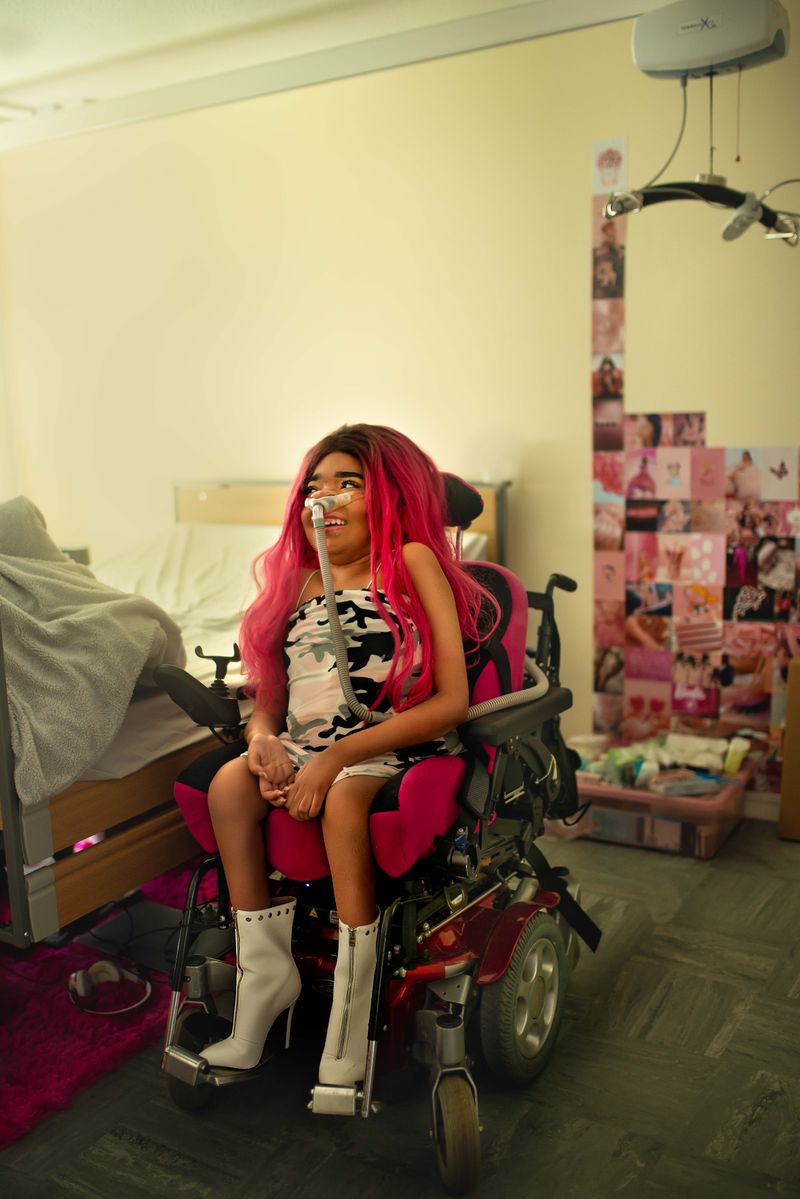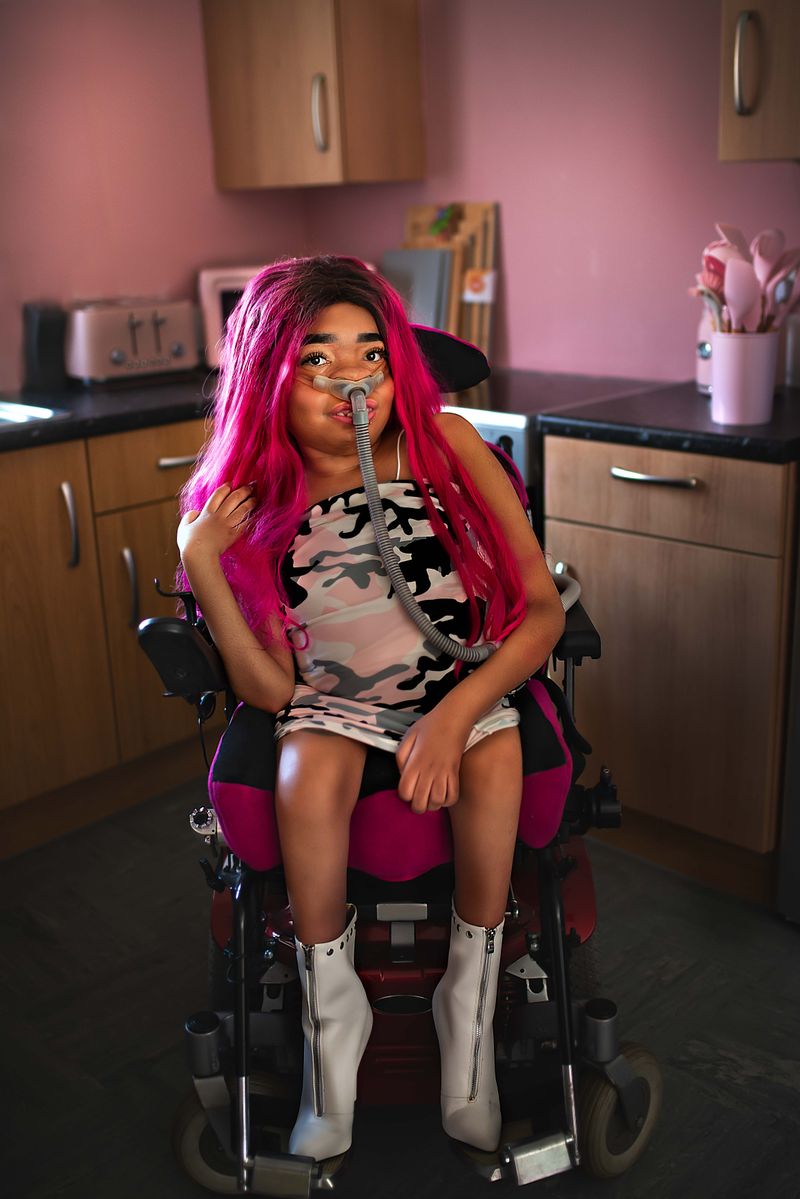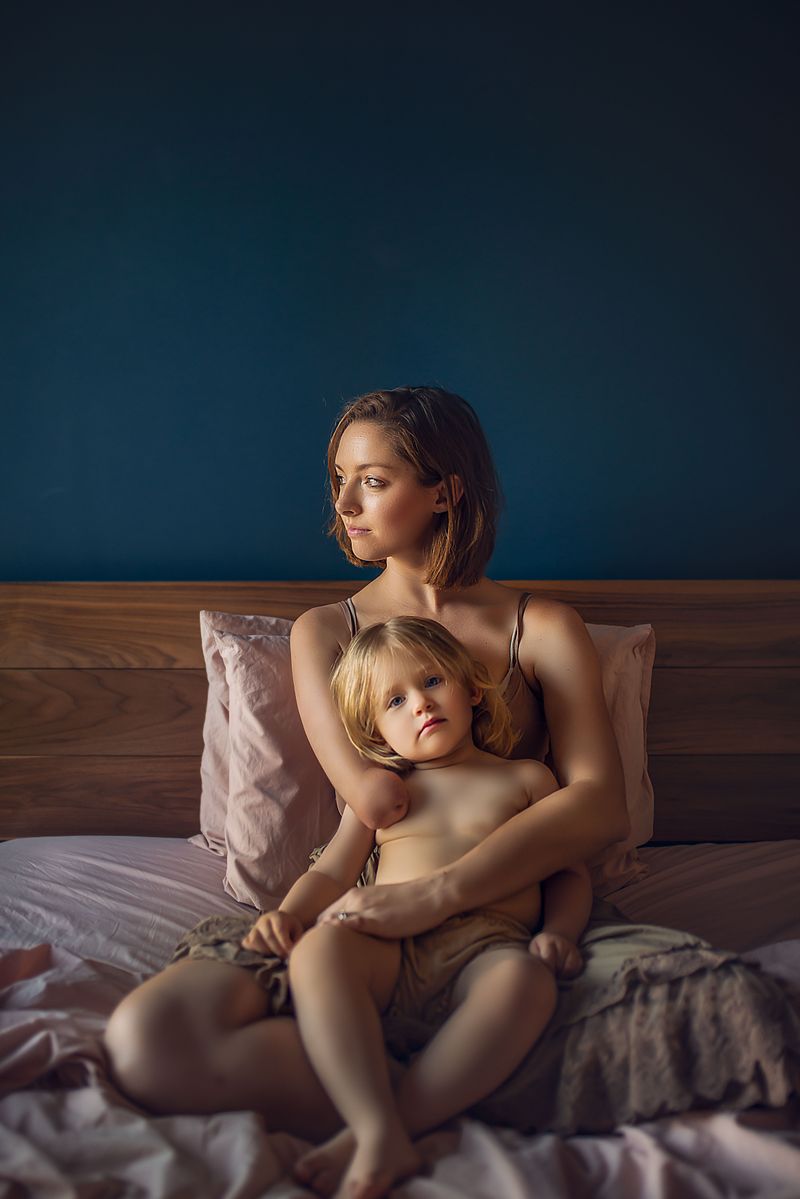Pavithra and Jaedon - Like everyone else in India, I grew up with the notion of ‘norms.’ Must get married early, must have children soon after, nurture them so they grow up to marry and procreate to perpetuate the same cycle of ‘norms’… yet again. But the universe had other plans for me. I fell in love with an extremely progressive man, who challenged my very being… and it broke me. Divorcee - I was the first in our family to carry that “tag” - and the very society I tried to defend was the same that branded me “a failure.” For years I kept my divorce to myself, sparing my parents the grief… living a dual life. In all of this, my biggest support systems were my in laws and ex husband. My path of changing the conversation started then. Mother - I’ve always yearned for children but I also knew I only wanted to bring a child into the world where it would be greeted with love. And that love started with me. Single Mother - Following my divorce, I told myself that if by 38, I hadn’t found a loving partner who was capable of raising a child born off love, then I would once again discard the societal norms and do this on my own. I was turning 38 in October 2020 and I had by then realised that my “fail safe” plan was now actually my path. “Oh! so you are a feminist,” some said… almost like it was an accusation. “You don’t think you need men anymore?” They asked. “You are being too picky Pavithra. You should just settle down. Just find a husband. Any husband.” And then there was a small but beautiful tribe of friends and family, especially my brother and his wife who stood behind me like a rock. Finding a Sperm Donor and going through IVF - It wasn’t easy. But, once I made up my mind, it was almost like the universe came together to make it happen for me. In Dec 2020, Jaedon was conceived - my beautiful Christmas blessing . To my gorgeous son, your birth story is one of empowerment for your mother- as a woman, as an Indian woman, I have broken through the prison our society and I myself built for me. It will be a long journey from here on. But it will be one lived with freedom and abandon. Because I choose to be ME. Unapologetically ME. “~ Pavithra


